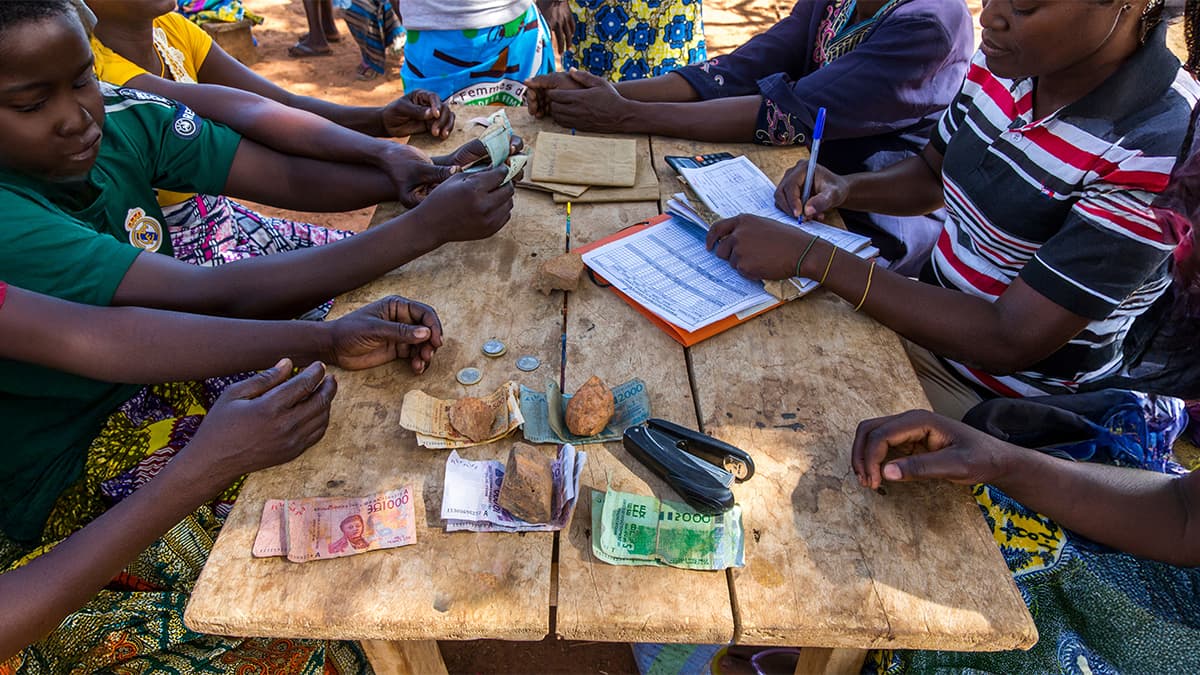Think of auctions and the image that builds up is the traditional public outcry system. Where any commodity to be auctioned goes under the gavel! Fast forward to the ecosystem of digital transformation- much of the auction trade scene has changed. Integrated e-marketplaces have dismantled barriers of people and places to forge a seamless connect between buyers and sellers. Today, sitting anywhere across the world, you can source the best quality tea from India or Sri Lanka, coffee from Ivory Coast or Ghana and rubber from Malaysia. Integrated online auctions have made it possible- by integrating all actors across the value chain- buyers, sellers, auction hosts, warehouses, bidders and brokers. As a buyer, a seamless auctions platform assures you quality and traceability of the product. And, for a seller, it ensures the best price realization through a transparent and competitive price discovery.

How Unified e-Auction Platform Powers Digital Economy
Riding the wave of digital transformation, businesses and economic activities are getting more digital. More transactions are done online today. For example, India’s e-commerce market is tipped to grow 26.5 per cent in 2021, underscoring huge opportunities for online trade. The country’s e-commerce market is valued at a whopping $36.5 billion and has been consistently growing in double digits. Technology driven e-auctions fit into this growth story. Leveraging the power of analytics and Machine Learning (ML) algorithms, these unified auction platforms are demand-driven, flexible, agile and scalable. They enable faster conversion of inventory into cash through a transparent discovery of prices and buyers. Take for instance the Electronic National Agriculture Market or e-NAM. Launched in April 2016, it is being implemented by Small Farmers Agribusiness Consortium (SFAC), an Indian government agency. Positioned as ‘One Nation, One Market’ for agricultural commodities in India, eNAM integrates 1000+ mandis or Agriculture Produce Marketing Committees (APMCs). The electronic platform also provides e-payment facility through which traders can pay farmers, after the trade is executed from anywhere- be it home or office.
Benefits for One and All
Whoever has partaken in electronic auctions will vouch for its numerous benefits like:
- Operational efficiency and cost saving
- Buyer management service enabling access to more buyers on the platform
- Improved scalability for both producers & buyers
- Automation of invoicing & delivery order
- Access to market intelligence on products
- Availability of system-generated reports capturing complete details of buyer participation and audit trails for compliance
- Bridging digital divide
- More buyers and sellers in commodity trade due to breaking of geographical barriers
How Kenya Blurred Barriers in Tea Trade
Tea trade got a leap of change not just in Kenya but for 10 countries in East, Central and Southern Africa. It happened with the introduction of the Integrated Tea Trade System (ITTS). This unified interface for trade seamlessly handles tea sourced by the East Africa Tea Trade Association (EATTA) from 10 countries of East, Central and Southern Africa. And, think how this interconnected platform in Mombasa (Kenya) managing tea transaction worth $1.3 billion, contributing 22 per cent to Kenya’s foreign exchange earnings. Equipped with features like ‘Auto Bidding’, ‘Go-On’, voice-over on bids, ability to mark and view favorite teas, Multi Auctions and instant visibility of bids to all stakeholders including producers, the system has an edge over peer platforms. Managing an ecosystem of 81 producers, nine packers, 86 buyers and 11 brokers, this auction platform has created visible benefits:-
- Shrunk tea trade cycle by 40 per cent (32 days to 19 days)
- Reduced time gap between tea offering and catalogue closure by 60 per cent 9 (5 days to 2 days)
- Shortened the period between catalogue closure and auction date by 50 per cent
- Enhanced auction speed from three to five lots per minute and real time results dissemination.
The ITTS is emerging as a disruptive differentiator with features like supply chain visibility and product traceability- features made possible by audit trails. But this auctions business model is a script beyond digital turnaround- six million families in Kenya lean on it for their income and livelihoods.
If we take a peek and leap into the future of electronic auctions, emerging technologies such as Artificial Intelligence (AI) and Robotics would be the key drivers. By using AI powered data analytics and bots, sellers can better identify and target potential buyers online. AI is also impacting the way in which auctions are conducted. AI can now effectively provide accurate estimates of prices without the need to look at market trends and predict future outcomes. Technology, no doubt, will be tapped more to improve outcomes. Yet, auction platforms for tomorrow have to be more like Kenya’s ITTS as they marry technology with sustainability.


























































We will verify and publish your comment soon.